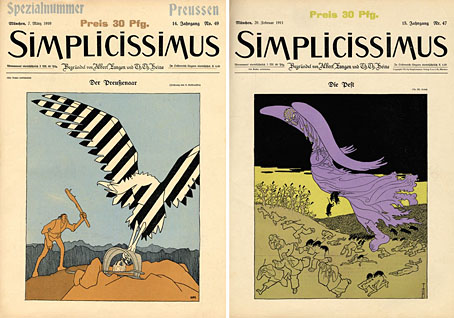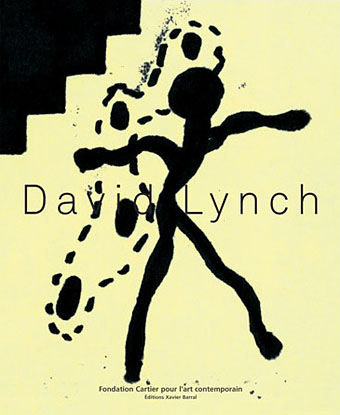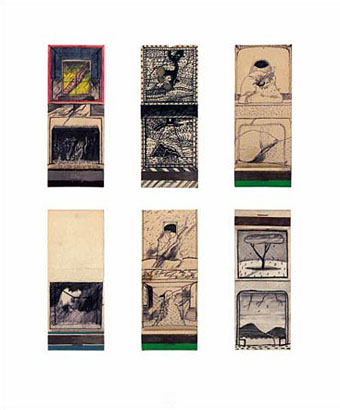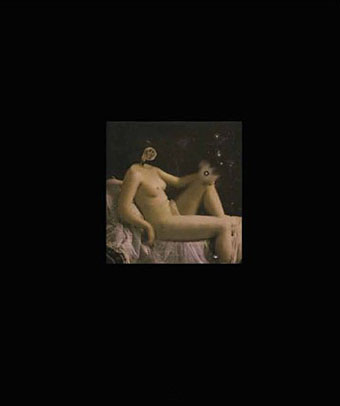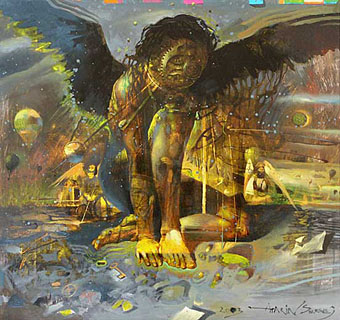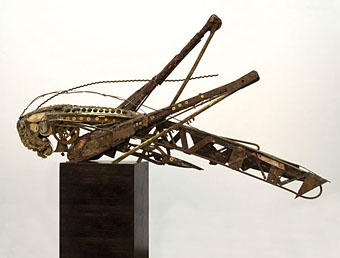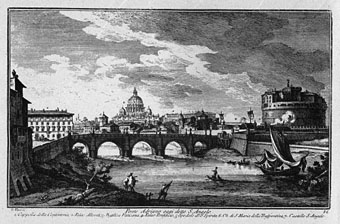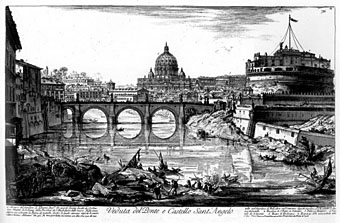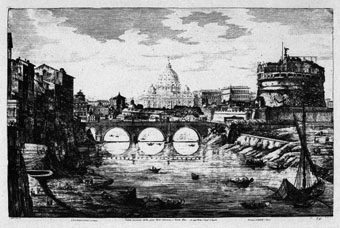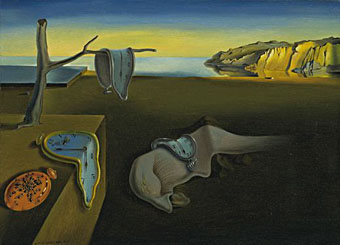Every issue of the weekly German satire magazine—from 1896 to 1944—is available for download as a free PDF here. Amazing.
Combining brash and politically daring content, a bright, immediate, surprisingly modern graphic style, Simplicissimus featured the work of German cartoonist Thomas Theodor Heine on every cover, and published the work of writers such as Thomas Mann and Rainer Maria Rilke. Its most reliable targets for caricature were stiff Prussian military figures, and rigid German social and class distinctions as seen from the more relaxed, liberal atmosphere of Munich.
Yes, the content is in German but Simplicissimus, like Punch, featured cartoons (some in strip form) and illustrations as well. Each issue also includes a couple of pages of adverts that are fun to look at. Lots of samples from its visual contributors, including the great Heinrich Kley, here. Via Design Observer.
Previously on { feuilleton }
• Revenant volumes: Bob Haberfield, New Worlds and others
• 100 Years of Magazine Covers
• It’s a pulp, pulp, pulp world
• Vintage magazine art II
• The art of Heinrich Kley, 1863–1945
• Neville Brody and Fetish Records
• View: The Modern Magazine
• Vintage magazine art
• Oz magazine, 1967–73

